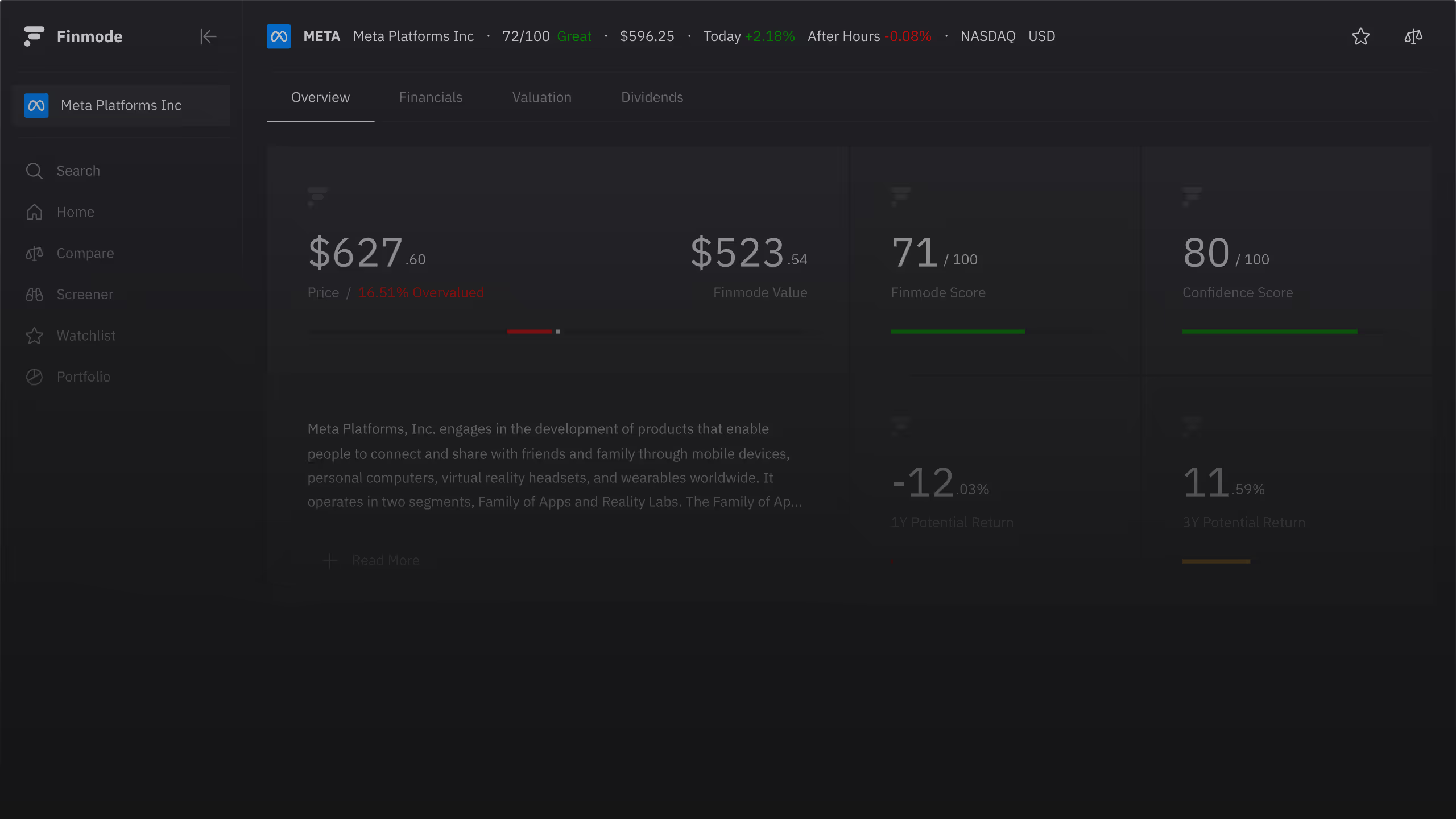Margin of Safety: The Value Investor's Ultimate Protection

Why Price and Value Are Not the Same Thing
To understand margin of safety, we must first accept a fundamental truth: the market price of a stock and the underlying value of the business are two different things.
As we covered in our Complete Guide to Intrinsic Value Calculation, a business's value is determined by the cash it can generate over its lifetime. Its market price, however, is determined by the daily whims of "Mr. Market" - a manic-depressive business partner who can be euphoric one day (offering high prices) and panicked the next (offering absurdly low prices).
A margin of safety exists only during those periods of pessimism, when the market price is significantly below your calculated intrinsic value. This gap between price and value is the source of both your protection and your profit.
The Margin of Safety Formula: A Simple Calculation for Risk Management
At its core, the margin of safety is a simple calculation that measures the discount of a stock's price to its underlying value.
The formula is:
Let's use the practical example from our DCF guide for "Steady Eddie Inc." to make this concrete.
- Calculated Intrinsic Value: $16.06 per share
- Current Market Price: $10.00 per share
Now, we apply the formula:
The result, 38%, is your margin of safety. This means you are buying the business at a 38% discount to what your analysis shows it is truly worth, providing a significant buffer against potential errors or unforeseen problems.
How Much Margin of Safety is Enough? (The Art of the Science)
This is where investing transitions from a pure science to an art. The required margin of safety is not one-size-fits-all; it should vary based on the quality and predictability of the business you are analyzing.
A simple framework can help guide your thinking:
The reasoning is simple: your intrinsic value calculation for a stable, predictable business is likely to be more accurate. You can have a higher degree of confidence in your projections, so you require a smaller buffer for error. Conversely, for a volatile or troubled company, your range of potential outcomes is much wider. Your valuation is less certain, so you must demand a larger discount to compensate for that uncertainty. In fact, the concept of a Margin of Safety is highly dependant on your overall investing philosophy and represents the bedrock principle of risk management in value investing. We cover this notion in more detail in our Complete Guide To Value Investing 2025, under the chapter: "Core Defensive: Demanding a Margin of Safety".
The Two Core Functions of a Margin of Safety
A common misconception is that the margin of safety is purely a defensive concept. In reality, it serves two crucial purposes: one defensive and one offensive.
- Protection Against Errors (The Defensive Role) No investor is perfect. Your valuation models are built on assumptions about the future, and the future is inherently uncertain. Your growth projections could be too optimistic. An industry could be disrupted faster than anticipated. A new competitor could emerge. A margin of safety protects your capital if your analysis proves to be wrong. It's the shock absorber for your portfolio.
- Engine for Higher Returns (The Offensive Role)Buying at a discount doesn't just reduce your risk; it is the primary driver of superior returns. The wider the gap between the price you pay and the company's intrinsic value, the more upside potential you have. As the market's perception eventually aligns with the business's reality—a process known as price-value convergence—your returns are amplified.
How to Apply Margin of Safety in Your Investment Process
Integrating this concept into your workflow requires discipline. Here is a simple, four-step process.
- Step 1: Calculate a Range of Intrinsic Values. Never rely on a single number. Use a powerful tool like FinMode to run a DCF analysis with base-case, best-case, and worst-case scenarios to establish a valuation range.
- Step 2: Determine Your Required Margin of Safety. Assess the company's quality using the framework above. Is it a fortress with a wide moat or a more speculative turnaround? Assign a required discount accordingly.
- Step 3: Set Your Buy Price. This is where you draw your line in the sand. Your maximum buy price is your base-case intrinsic value multiplied by (1 - your required margin of safety). For "Steady Eddie Inc.," with a 38% required margin, your buy price would be no higher than $10.00.
- Step 4: Be Patient. This is the most difficult step. The discipline of value investing is waiting for the market to offer you an attractive price. Do not chase stocks. Set your price and wait for the opportunity to come to you.
Conclusion: The Foundation of Intelligent Investing
The margin of safety is a simple concept, but it is the bedrock of intelligent investing. It is the bridge that connects rigorous analysis to rational action. It forces you to be disciplined when others are greedy and provides you with the courage to be decisive when others are fearful.
By refusing to overpay, you protect yourself from significant loss and simultaneously set the stage for significant gains. It is the single most powerful principle for building long-term wealth in the stock market.
Ready to stop speculating and start investing with a margin of safety? Use FinMode's powerful Scores & Screener tools to find your next undervalued opportunity.
Frequently Asked Questions FAQ
Read more insights
The Complete Guide to Value Investing: A 2025 Framework
Intrinsic Value Calculation: A Step-by-Step Guide for 2025
Try Finmode Today
Free To Get Started

